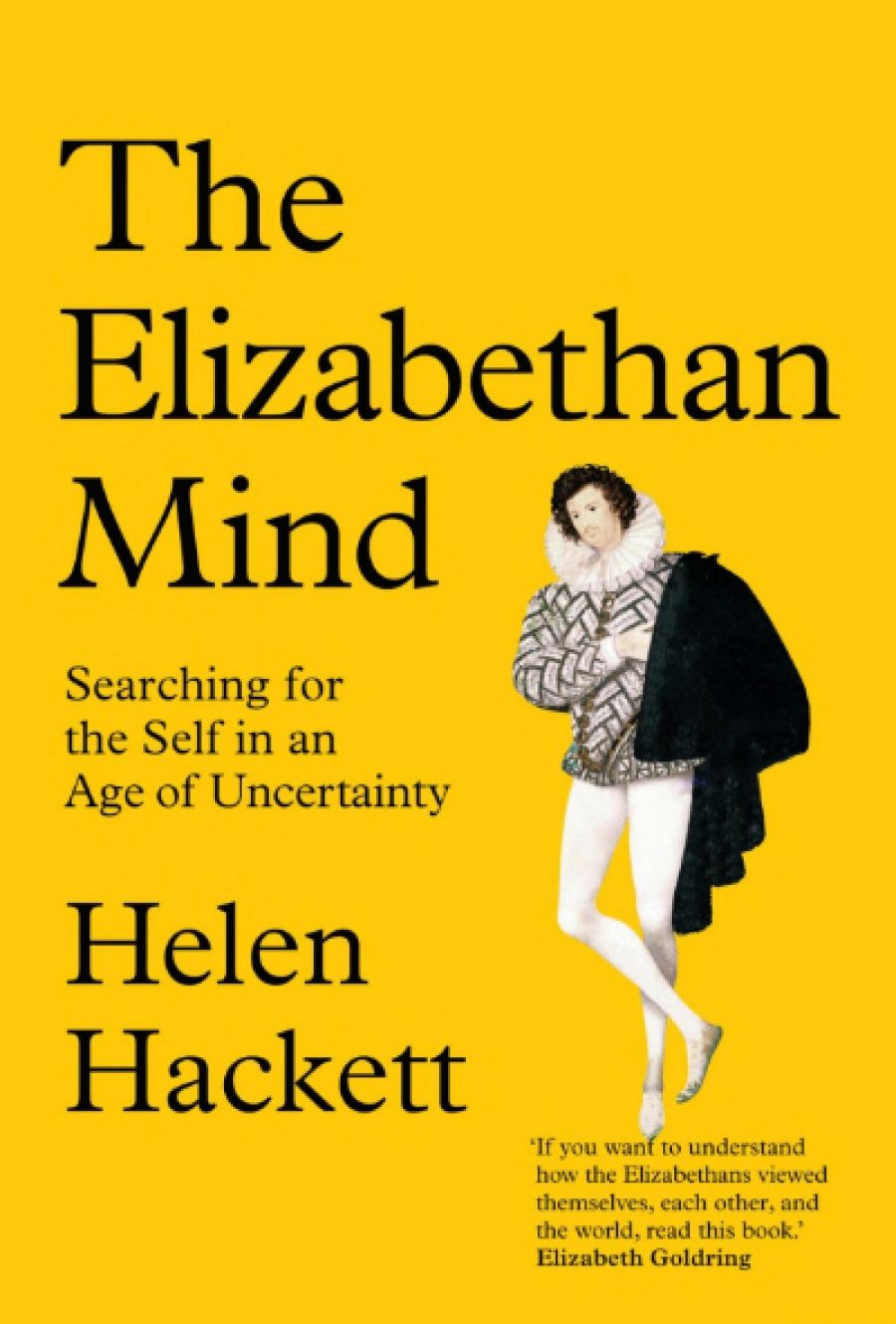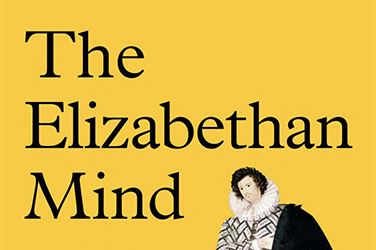
- Free Article: No
- Contents Category: History
- Review Article: Yes
- Article Title: Transcending categories
- Article Subtitle: Explaining the Elizabethan mind
- Online Only: No
- Custom Highlight Text:
The Elizabethan Mind attempts nothing less than a comprehensive summary – within the limits of existing scholarship – of the literary, philosophical, theological, religious, scientific, political, social, emotional, and cosmic contexts for understanding the nature of the mind in the age of Elizabethan England. Insofar as is possible for a cultural history of this kind, the book succeeds. It is an impressive achievement. The prose is not only lucid, but at times positively breezy. And yet, within the confines of its particular approach, The Elizabethan Mind does not betray the complexity of its subject in achieving this lucidity.
- Featured Image (400px * 250px):

- Alt Tag (Featured Image): P. Kishore Saval reviews 'The Elizabethan Mind: Searching for the self in an age of uncertainty' by Elizabeth Hackett
- Book 1 Title: The Elizabethan Mind
- Book 1 Subtitle: Searching for the self in an age of uncertainty
- Book 1 Biblio: Yale University Press, US$35 hb, 420 pp
- Book 1 Readings Link: booktopia.kh4ffx.net/gbEmyv
Meanwhile, Aristotle’s Problem XXX, and the philosophy of the Florentine Platonist Marsilio Ficino, among other influences, promoted a vision of what came to be called ‘genial melancholy’, which gives rise to exceptional creativity and intellectual power. And for this very reason, melancholy was a fashionable pose of the day. Melancholy, therefore, emerged in this age as a condition whose features were at once emotional, psychological, physiological, astrological, racial, cognitive, imaginative, and social. Not all of these implications, moreover, were operative in any given usage of the word. The book’s subject is difficult, therefore, because a single idea from the age can transcend our usual categories for describing an experience.
The book’s topic is also demanding because of the period’s intellectual diversity. Hackett makes clear that the ‘Elizabethan mind’ was by no means something univocal. The account above, for example, presupposes a certain integration of mind, body, and cosmos. And yet, such integration of the mind and body also co-existed with more dualistic accounts. Hackett discusses how the influence of Platonism and Stoicism, Paul’s letters, the hagiography and iconography of martyrdom, Protestant devotional practices, and Catholic spiritual exercises tended to promote, in diverse ways, either a dualism of mind and body or a greater spirit of inwardness. Hackett also claims that the mind emerged in Elizabethan literature as an ‘inner space’ and ‘a kernel of personal authenticity which outward appearance might conceal or falsify’. Therefore, the Elizabethan age at times emphasised the integration of inner and outer realms of experience, and at other times their distinction or even contention.
One achievement of the book is to help us see the kind of intellectual diversity I have described. The accounts I have given, however, cannot exhaust the riches of the book, which ranges across politics, race, gender, religion, and theology, among many other disciplines, and engages with a diversity of literary forms, including devotional poetry, rhetoric, female complaint, autobiography, the sonnet, prose, and the dramatic soliloquy.
I admire the range and depth Hackett’s scholarship, but if there is a reservation at the heart of this review, it is about the limits of Hackett’s kind of historicism. When applied to art, one danger of historicism can be its excessive confidence in those explicitly formulated doctrines, ideas, or ‘points of view’ that can be collected under the category of ‘historical evidence’. Such a confidence prioritises an objectified context over every other kind of expression, and elides the difference between poetry and drama on the one hand, and propositional, representational speech on the other.
The following remark from the book gives us a sense of what I mean: ‘As medical, theological, and philosophical writing burgeoned during the late sixteenth century, many literary authors became preoccupied with representing the “very image of the mind” in writing.’ The key word in Hackett’s sentence is ‘representing’. Hackett does not see art as a presentation, expression, or vision, but rather as the ‘representation’ of something that is already there. A vision has a certain irreplaceable uniqueness, but a representation can be more easily categorised, classified, and explained. It is no accident that Hackett’s statement dissolves the distinction between poetic and functional attitudes to language.
In the very best academic historicism, such as in the work of Stephen Greenblatt, the crossing of borders between poetic and propositional language achieves something new. Greenblatt’s historicism often places ‘literary’ and ‘non-literary’ writing side-by-side, but the effect of his juxtapositions is to discover elements of silence, obliquity, and mystery that we would not expect to find in the apparently ‘non-literary’ writing.
Greenblatt’s historicism thus discovers a new openness, and a new experience of the unwritten and the unthought, in history. But Hackett does not possess Greenblatt’s philosophical acuity.
Rather than discover a new openness and mystery in her juxtaposition of literary and non-literary texts, Hackett sees poetry as a datum to be used in a historical explanation. In discussing Hamlet’s ‘To be or not to be’ soliloquy, for example, Hackett remarks on the soliloquy’s ‘use of metaphors that operate on several levels’. She adds:
Present-day theorists of cognition assert that metaphor is an essential mental tool: that we habitually process our perceptions, form concepts, and articulate them, by identifying one thing with another … Certainly, in ‘to be’ Shakespeare uses metaphor … to create the effect of Hamlet working out a complex problem in his mind, and taking us through that working out with him.
Hackett threatens to lose sight of poetry, the very thing about which she is writing here, by presupposing that metaphor is a ‘mental tool’ that a thinking being can ‘use’. The passage above identifies thinking with the processing of perception and the formation and articulation of concepts. But poetry prioritises the inarticulable over the articulate, the non-conceptual over the conceptual, and vision over mere perception. The assumptions above, instead, reduce poetic thinking to a function of propositional thinking.
Such reservations should not diminish our admiration for Hackett’s gifts as a literary critic and historian. Hackett reads a breathtaking diversity of literature with great sensitivity, and her book is as impressive as such a work of historical explanation can be. But poetry is not just a thing in need of explanation. By its very nature, poetry is refractory to explanation. Poetry does not simply exist inside of a ‘history’ that can be objectively formulated. Instead, poetry discloses another way of being historical in the first place.


Comments powered by CComment